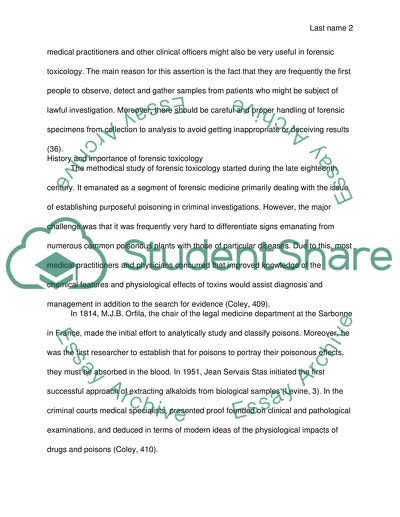Cite this document
(“Orensics Collection and Analysis of Evidence Essay”, n.d.)
Retrieved from https://studentshare.org/health-sciences-medicine/1427659-forensics-collection-and-analysis-of-evidence
Retrieved from https://studentshare.org/health-sciences-medicine/1427659-forensics-collection-and-analysis-of-evidence
(Orensics Collection and Analysis of Evidence Essay)
https://studentshare.org/health-sciences-medicine/1427659-forensics-collection-and-analysis-of-evidence.
https://studentshare.org/health-sciences-medicine/1427659-forensics-collection-and-analysis-of-evidence.
“Orensics Collection and Analysis of Evidence Essay”, n.d. https://studentshare.org/health-sciences-medicine/1427659-forensics-collection-and-analysis-of-evidence.


